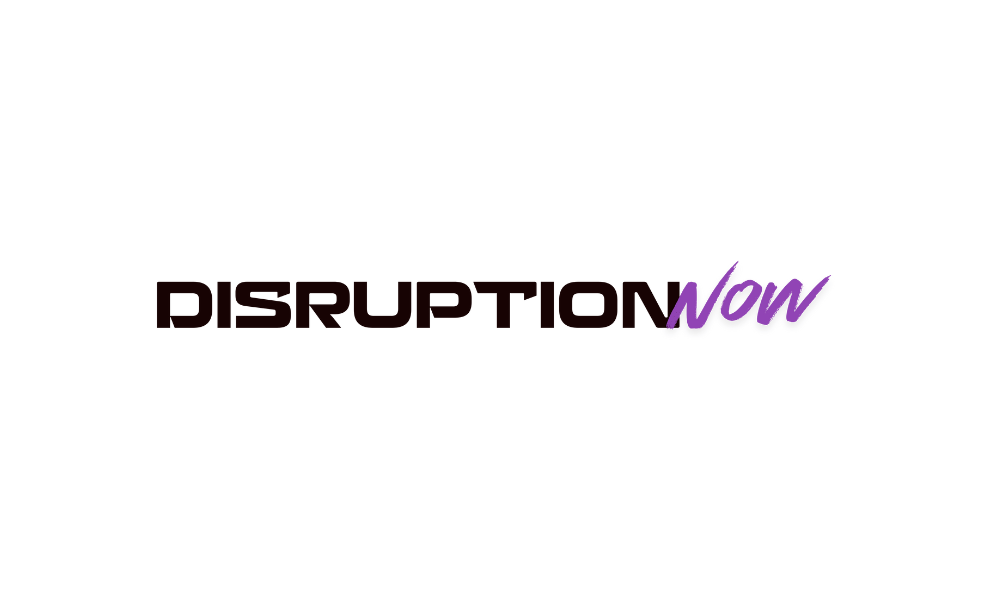- Disruption Now's Newsletter
- Posts
- AI Agents Just Went Mainstream
AI Agents Just Went Mainstream
OpenAI’s new “agent mode” moves ChatGPT from answers to actions—and many analysts see it as the dress-rehearsal for GPT-5.

For New Disruptors
Disruption Now is a tech-empowered platform helping elevate organizations in entrepreneurship, social impact, and creativity. Through training, product development, podcasts, events, and digital media storytelling, we make emerging technology human-centric and accessible to everyone.
This week we unpack OpenAI’s new “agent mode”—a unified tool that clicks, types, fills forms, and juggles apps on your behalf. It’s more than a feature drop; leaked references to a “gpt-5-reasoning-alpha” model suggest agents are a staging ground for the launch of ChatGPT-5.
What’s an AI Agent, Really?
Traditional chatbots wait for instructions. Agents act. They can navigate websites, chain multiple-step tasks, and make decisions in progress. OpenAI’s rollout combines its earlier Operator (web interaction) and deep research (analysis) tools, letting ChatGPT plan trips, generate slide decks, or reconcile spreadsheets without leaving the chat
How OpenAI’s Agent Works
Visual & Text Browsers – The agent “sees” a webpage like a human or switches to a lightweight text browser for bulk analysis.
Task-Chaining Engine – Ask “Plan a Cincinnati client off-site,” and it books venues, drafts itineraries, and pulls in weather data in a single run.
App Connectors & Terminal Access – It integrates with Gmail, GitHub, or a Unix-style terminal, selecting the right tool on the fly.
Pause-and-Resume Logic – Hit a login wall? The agent pauses, requests your credentials, then continues—no context lost.
Rollout is live for Pro, Plus, and Team subscribers, with enterprise access “later this summer.”
Privacy, Power & Real Talk
OpenAI disabled ChatGPT’s memory while the agent mode is running, added real-time monitors, and forces “watch mode” on sensitive sites. Yet anything you grant access to is fair game, and early reviews show hiccups—slow performance and missed steps on high-stakes transactions.
Bottom line: treat it like a new hire. Let it book dinner before it moves your money.
My Disruptive Take
Agentic AI is a tornado aimed at every startup that merely “wraps” OpenAI’s models in a shiny interface. When the core platform can already click, code, and call APIs natively, thin wrappers lose their edge overnight.
Wrapper Startups, Explained: A wrapper is a product that adds a user interface or small feature layer on top of OpenAI’s APIs without owning unique data, models, or defensible tech. As agents absorb browsing, scheduling, and slide-deck generation, wrappers that offer only those features may struggle to justify their subscriptions.
If GPT-5 bakes these skills directly into the base model, the moat widens even further. Disruptors who build native AI capabilities, own data, possess domain expertise, or have proprietary workflows will survive. Those who don’t? Cue the Blockbuster-vs-Netflix documentary.
Sources
MidwestCon
MidwestCon 2025 at the 1819 Innovation Hub
Agents, automation, and the “Human Code” theme converge in Cincinnati this September. Hear firsthand from builders embedding empathy into AI.
→ Join the MidwestCon Experience
Podcast
Disruption Now Podcast
Disruption Now interviews leaders who focus on the intersection of emerging technology, humanity, and policy.
This week’s episode features.
Keep Disrupting,
Rob, CEO of Disruption Now & Chief Curator of MidwestCon